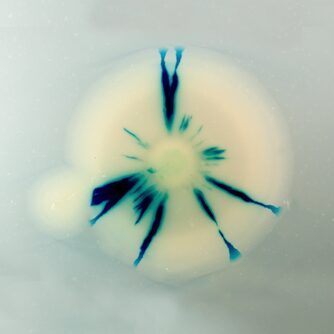About
This third project is to investigate other factors involved in genome plasticity of the complex genome of Vibrio species. The Vibrio group includes a large number of pathogenic species whose hosts range from human to aquatic animals. The few species so far characterized have been found to carry two circular chromosomes showing a high variability. The selective advantage conferred by such an organization is unknown. To increase our knowledge, we sequenced the genome of V. splendidus LGP 32 in collaboration with C. Bouchier, a strain which is only remotely related to the Vibrio species sequenced so far. We are currently sequencing (collaboration with the French genoscope) another vibrio, V. nigripulchritudo, a shrimp patohgen, which has the largest genome among characterized Vibrio (>6.5 Mb). Togeteher with comparative analyses with the other sequenced Vibrio genome, we have undertaken different in vivo and in silico genome subtraction approaches to identify the hot spot of variability. We expect better understanding of the rules governing the overall organization and the gene partition between the two chromosomes inVibrio.

We have now undertaken the experimental study of the 2 chromosome organisation, by developing tools that allow to precisely remodel the genome architecture. We have now built V. cholerae strains with either a single chromosome, two chromosomes of even size, and two chromosomes controlled by the same oriC1. We are currently studying these strains to understand their different physiological properties.

